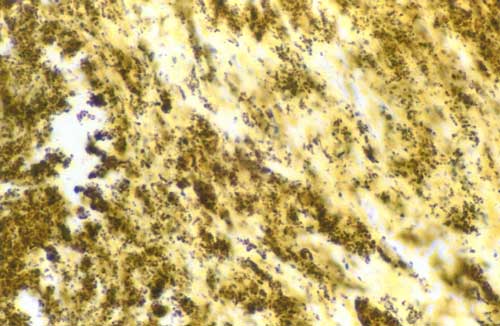CHARACTERIZED BY inflammation of the endocardium, especially the heart valves, endocarditis is a serious infection that's usually caused by invading bacteria. Infection causes lesions (called vegetations) to form at the site of infection, which can damage intracardiac structures. A patient who has valvular heart disease or who's received a valve replacement is particularly vulnerable to endocarditis. Early diagnosis and treatment helps prevent complications, such as heart failure from damaged valves and organ damage from systemic emboli, which can occlude cerebral or coronary arteries.
Identifying the causes
Although causative microorganisms may vary according to the port of entry, endocarditis is most commonly caused by Gram-positive bacteria; alpha-hemolytic Streptococcus viridans and Staphylococcus aureus cause 80% of cases.
Predisposing factors include injection drug use, central vascular catheters, arterial catheters, and heart conditions such as mitral regurgitation and aortic stenosis.
Clues to diagnosis
Signs and symptoms may appear slowly or acutely (see Identifying Signs and Symptoms of Infective Endocarditis). Symptom acuity depends on the pathogen and the site of infection. For example, endocarditis involving the aortic valve may lead to severe aortic insufficiency and heart failure.
The health care provider will base the diagnosis on the patient's history, physical exam, signs and symptoms, and diagnostic test results.
* Blood cultures will be positive for causative microorganisms.
* An echocardiogram will detect anatomic defects, assess function, size vegetation, and show intracardiac complications. A transthoracic echocardiogram doesn't show vegetations less than 2 mm in diameter and can't be used in certain patients. A transesophageal echocardiogram is optimal for diagnosis of prosthetic endocarditis or detecting myocardial abscess, valve perforation, or intracardiac fistulae.
Early treatment
If endocarditis is treated early, the prognosis is good. For bacterial endocarditis, the health care provider will choose an antibiotic based on the results of blood cultures and sensitivities. In some patients, intracardiac and central nervous system complications of infective endocarditis may require surgical intervention.
Nursing considerations
Provide a calm, quiet environment for the patient and document his vital signs every 2 to 4 hours. Prepare him for insertion of a new I.V. line or a peripherally inserted central catheter for medication administration. Consider removing existing venous access lines because they may be contaminated.
Continually check the patient's SpO^sub 2^. Monitor him for a worsened or returning fever and assess for signs and symptoms of heart failure, such as dyspnea, orthopnea, and crackles. Also perform multisystem assessments to identify systemic embolization that may occur in the brain, spleen, bowel, extremities, or kidneys.
Before discharge, teach him the importance of checking with his primary care provider about taking prophylactic antibiotics before dental work or procedures that involve the respiratory, genitourinary, or gastrointestinal tract. Also tell him to notify his dentist and all other health care providers about his condition.
BY AMY WISNIEWSKI, RN, BSN
Amy Wisniewski is a case manager for Lehigh Valley Hospital in Allentown, Pa.
Copyright Springhouse Corporation Dec 2003
Provided by ProQuest Information and Learning Company. All rights Reserved



